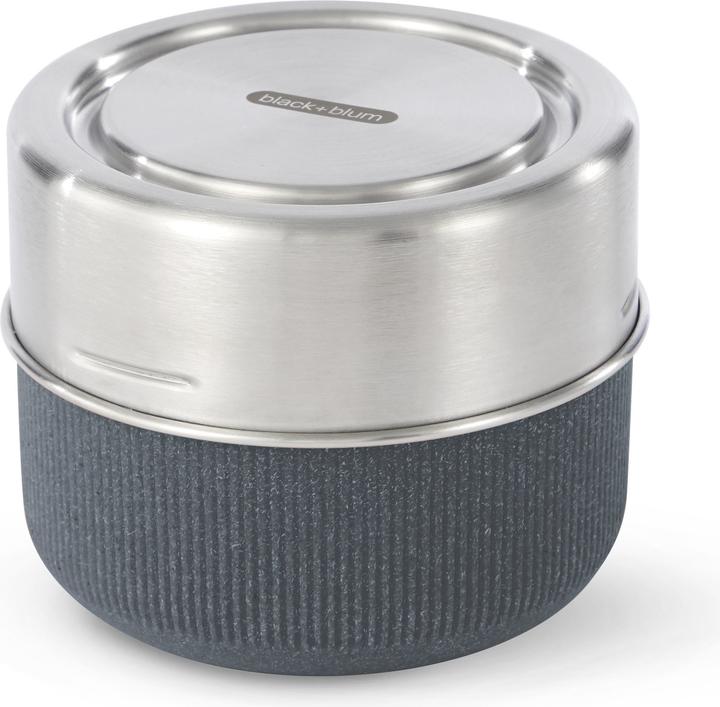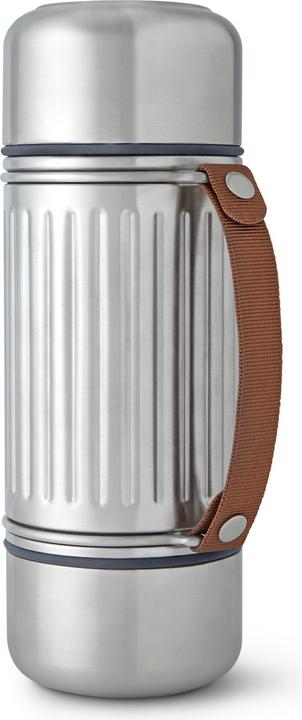

«Buy once, buy well»: how Black+Blum develops products for life
In the Black+Blum office, surrounded by bottles and boxes, Dan Black talks about durable products and his design philosophy. In a video interview, he explains what lies behind the motto «Buy once, buy well» and how innovation and a sense of purpose shape everyday life.
Dan, as you’re sat there in your London design studio, what does the brand mean to you?
I come from Yorkshire, where people think carefully about what they spend their money on. There, they say: «I’m not rich enough to buy cheap things.» And this is what shapes Black+Blum. We design products that last a long time and won’t quickly end up in the bin. The important thing is that if something breaks, you can replace it yourself and don’t have to throw the whole thing away.
You say that products should have a soul. What do you mean by that?
For me, an object develops a soul when it really becomes part of everyday life. Take my grandfather’s old food container, for example – it’s bumpy around the edges, yet still functional and full of character and history.
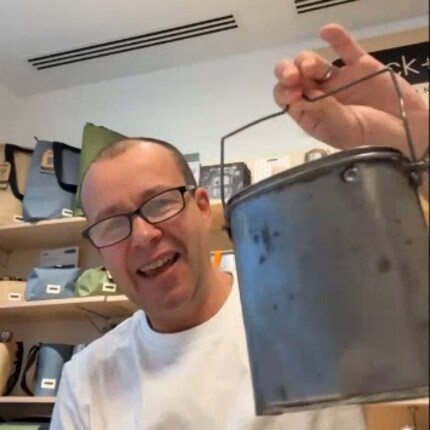
Source: Screenshot
This is exactly what we want for our lunchboxes and bottles – they’re not supposed to stay perfect design objects, they’re supposed to become cherished companions with a story.
How do you incorporate longevity into design?
We deliberately hold back on fashionable colours. Trends pass, but stainless steel, glass and bamboo are always aesthetically pleasing. What’s important to us is that our products appeal to people for years to come, thanks to clear design and function – and also remain practically repairable.
How did your first lunchbox come about?
The idea for the lunchbox came from our everyday office life. Martin (co-founder of Black+Blum) would bring in artfully arranged bentos from his Japanese wife. Whereas I just had my simple, dreary Tupperware box. That’s when we noticed that adults in Europe mostly use boring plastic boxes.
Our aim was to create a high-quality, smart box based on the Japanese model, but designed for Western eating habits.
Which materials do you prefer – with regard to sustainability too?
We focus primarily on stainless steel, glass and bamboo. It’s almost impossible to do without plastic altogether – we use recycled plastics for certain lids and seals wherever possible. If this isn’t possible for food safety reasons, we use plastics that can be recycled.
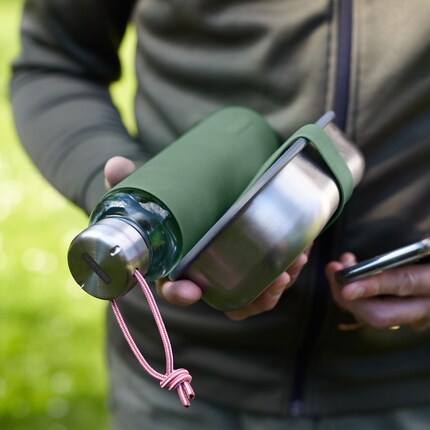
Source: Black+Blum
What are the challenges in terms of materials and production?
Many types of plastic don’t age well and often look cheap. That’s why we specifically use polypropylene, a robust plastic that can be recycled several times. The main thing that matters to us is that we have the best material for the function. Most of the production happens in China because that’s where the best factories with high production quality and good working conditions are located. I travel there several times a year so I can follow the production process closely.
Your activated charcoal filter for bottles is unique. What’s behind this?
The idea also stems from Japan. Coal has been used there for centuries to filter water. But not just ordinary barbecue charcoal, this charcoal’s produced in a special process from sustainably managed trees. The wood becomes very hard and has an almost metallic sound. These carbon sticks are placed directly in the bottle, where they absorb chlorine and other undesirable substances – after an hour the water tastes milder.
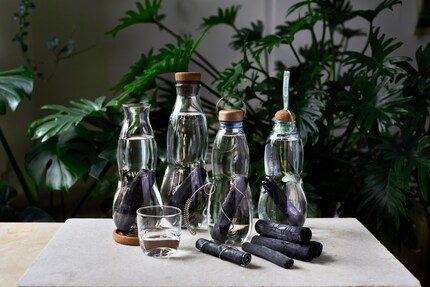
Source: Black+Blum
Which model from your collection is your favourite to use?
I love our Explorer Flask Duo thermos flask. I particularly like the «modern-retro» style. It reminds me of those classic Stanley bottles from the old days – back when everyone took their soup or tea with them and coffee shops weren’t on every corner. It was important to me to capture this feeling of reliability: durable design that can become an everyday favourite.
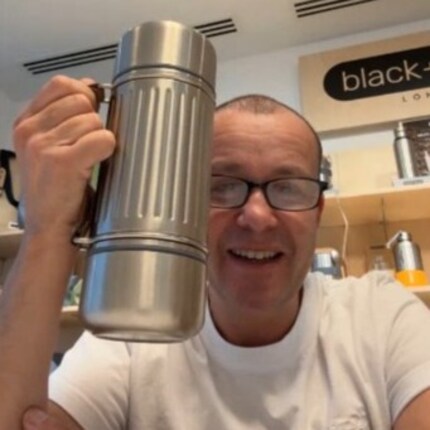
Source: Screenshot
How do you engage with your community?
I’m always delighted when people send us photos of their boxes: engraved, with stickers, flaws and all. Some items are even passed on or repaired.
For us, it’s the greatest confirmation that products really do have a place in everyday life.
How does the company contribute on a social level?
We’re part of 1% for the Planet and support projects such as City Harvest in London. The organisation collects surplus food from supermarkets and distributes it to people who need help. This aligns perfectly with our aim to conserve resources and avoid food waste.
What’s the next big project for Black+Blum?
We’re planning a long-lasting lunchbox for children – a companion for life. At the same time, we’re working on new glass containers for food on the go and developing bags and cooler bags. Textile projects are exciting because you can often see results after just a few weeks – with hard goods, on the other hand, the process takes up to two years.
What do you wish for the future?
I hope that people will value longevity and repairability more again – for a more sustainable everyday life. I’m most excited when our products become favourite pieces that accompany people for years to come.
Science editor and biologist. I love animals and am fascinated by plants, their abilities and everything you can do with them. That's why my favourite place is always the outdoors - somewhere in nature, preferably in my wild garden.
Interesting facts about products, behind-the-scenes looks at manufacturers and deep-dives on interesting people.
Show allThese articles might also interest you

Background information
Is the same tat from China really everywhere?
by Martin Jungfer

Background information
Behind the scenes: What makes Ofinto different from the competition
by Martin Jungfer

Background information
The mobile phone holder, the bed box and the care cup – 7 home accessories for the last stage of life
by Pia Seidel

